Regulatory Environment
The regulatory environment is a critical factor impacting the Food Delivery Logistic Market. Governments are increasingly implementing regulations concerning food safety, delivery standards, and labor practices, which can affect operational costs and logistics strategies. Compliance with these regulations is essential for companies to maintain their licenses and avoid penalties. Recent legislative changes in various regions have introduced stricter guidelines for food handling and delivery, necessitating that businesses invest in training and technology to ensure compliance. This evolving regulatory landscape may pose challenges, but it also presents opportunities for companies to enhance their operational standards and build consumer trust. As the Food Delivery Logistic Market navigates these regulations, it is likely that businesses will adopt more robust compliance measures, ultimately benefiting the industry as a whole.
Rising Consumer Demand
The Food Delivery Logistic Market is experiencing a notable surge in consumer demand, driven by changing lifestyles and preferences. As urbanization continues to rise, more individuals are seeking convenient meal options that fit their busy schedules. Recent data indicates that the food delivery sector has seen a growth rate of approximately 20% annually, reflecting a shift in consumer behavior towards online ordering. This trend is further fueled by the increasing penetration of smartphones and internet access, allowing consumers to easily access various food delivery platforms. Consequently, businesses within the Food Delivery Logistic Market are compelled to adapt their logistics and delivery systems to meet this growing demand, ensuring timely and efficient service to retain customer loyalty.
Technological Advancements
Technological advancements play a pivotal role in shaping the Food Delivery Logistic Market. Innovations such as real-time tracking, automated dispatch systems, and advanced routing algorithms are enhancing operational efficiency. For instance, the integration of artificial intelligence and machine learning is enabling companies to optimize delivery routes, thereby reducing delivery times and costs. Furthermore, the adoption of mobile applications has streamlined the ordering process, allowing consumers to place orders with ease. According to recent statistics, companies that leverage technology in their logistics operations report a 30% increase in customer satisfaction. As technology continues to evolve, it is likely that the Food Delivery Logistic Market will witness further enhancements, leading to improved service delivery and operational effectiveness.
Changing Consumer Preferences
Changing consumer preferences are reshaping the Food Delivery Logistic Market. As health consciousness rises, consumers are increasingly seeking healthier meal options, prompting food delivery services to adapt their menus accordingly. This shift is evident in the growing demand for organic, vegetarian, and vegan meal choices. Market Research Future indicates that approximately 40% of consumers are willing to pay a premium for healthier food options delivered to their homes. Additionally, the trend towards sustainability is influencing consumer choices, with many individuals preferring services that prioritize eco-friendly packaging and delivery methods. As these preferences evolve, businesses within the Food Delivery Logistic Market must remain agile, continuously adapting their offerings to meet the changing demands of their customer base.
Expansion of Delivery Platforms
The expansion of delivery platforms is significantly influencing the Food Delivery Logistic Market. With the emergence of numerous food delivery apps and services, consumers now have a plethora of options at their fingertips. This competitive landscape encourages companies to innovate and differentiate their offerings, which can lead to improved service quality and customer experience. Recent market analysis suggests that the number of food delivery platforms has increased by over 50% in the last three years, indicating a robust growth trajectory. As these platforms expand their reach, they are also diversifying their service offerings, including grocery delivery and meal kits, thereby broadening their market appeal. This trend is likely to continue, further shaping the dynamics of the Food Delivery Logistic Market.


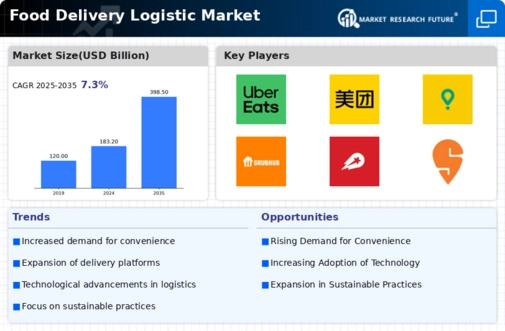
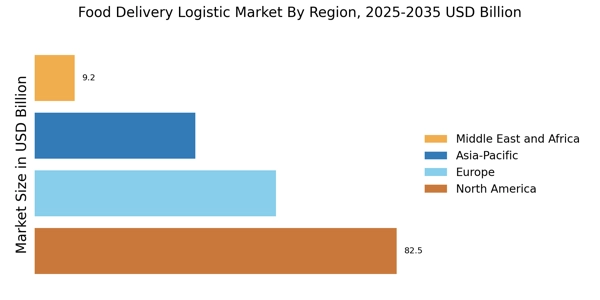
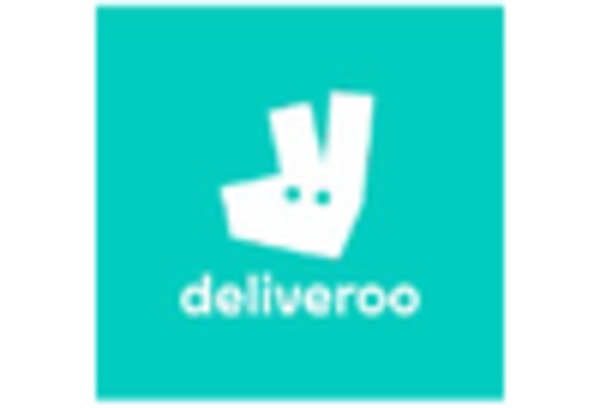
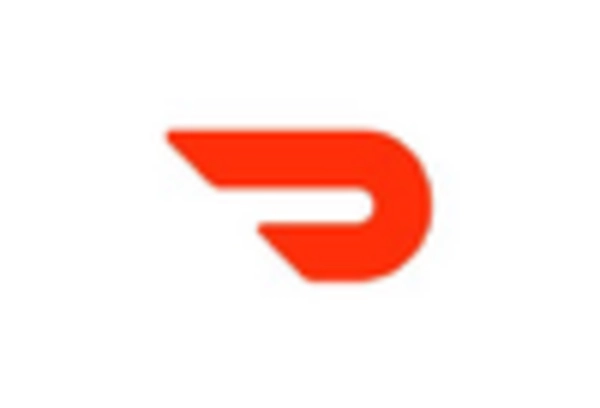
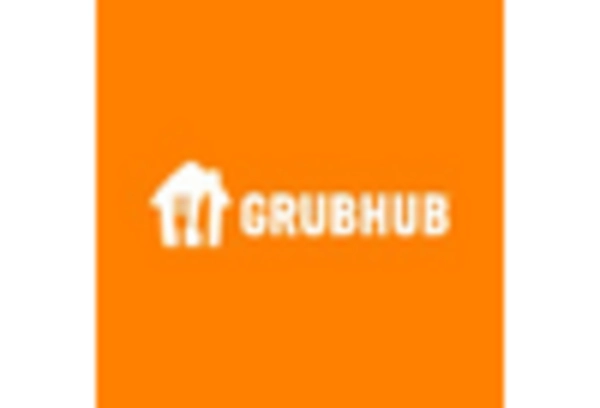

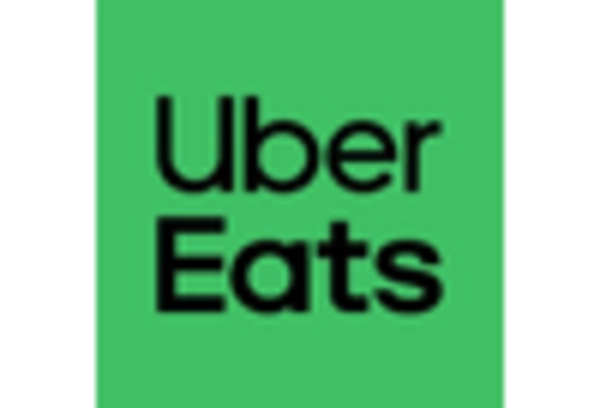









Leave a Comment